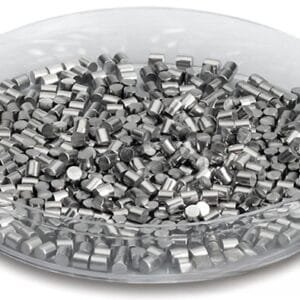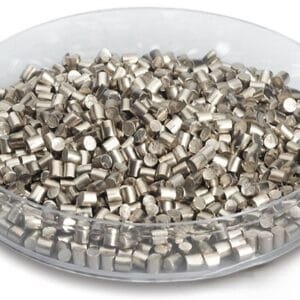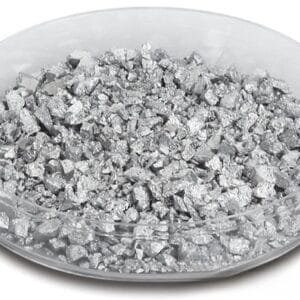Praseodymium(III,IV) Oxide Evaporation Materials Overview
TFM offers high-purity praseodymium(III,IV) oxide evaporation materials, known for their excellent performance in deposition processes. With the chemical formula Pr6O11, this oxide material is vital for achieving high-quality film deposition. At TFM, we specialize in producing evaporation materials with purities up to 99.9995%, ensuring product reliability through stringent quality assurance practices.
Related Products
Praseodymium(III,IV) Oxide Evaporation Materials Specifications
| Material Type | Praseodymium(III,IV) oxide |
| Symbol | Pr6O11 |
| Color/Appearance | Dark brown solid |
| Melting Point | 2,183 °C |
| Theoretical Density | 6.5 g/mL |
| Purity | 99.9% ~ 99.99% |
| Shape | Powder/ Pellets/ Granule/ Custom-made |
Applications of Praseodymium(III,IV) Oxide Evaporation Materials
TFM’s praseodymium(III,IV) oxide evaporation materials are essential in various applications, such as:
- Deposition Processes: Utilized in semiconductor deposition, chemical vapor deposition (CVD), and physical vapor deposition (PVD).
- Optics: Used for wear protection, decorative coatings, and display technologies.
Packaging and Handling
Each package of praseodymium(III,IV) oxide evaporation materials is clearly labeled and tagged to ensure easy identification and strict quality control. We prioritize safe packaging to prevent any potential damage during storage or transport, maintaining the material’s integrity.
Contact TFM
As a leading supplier of high-purity praseodymium(III,IV) oxide evaporation materials, TFM offers a variety of shapes including tablets, granules, rods, and wires. We also provide custom forms and quantities upon request. Additionally, TFM supplies a range of evaporation sources, boats, filaments, crucibles, heaters, and e-beam crucible liners. Please contact us for current pricing or inquiries about other materials not listed.


 MSDS File
MSDS File



Reviews
There are no reviews yet.